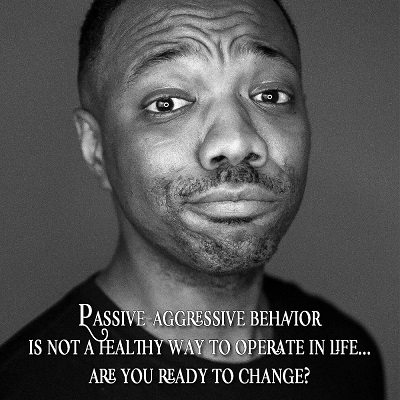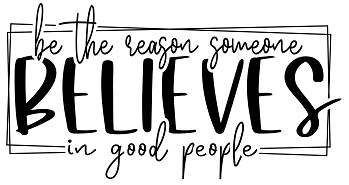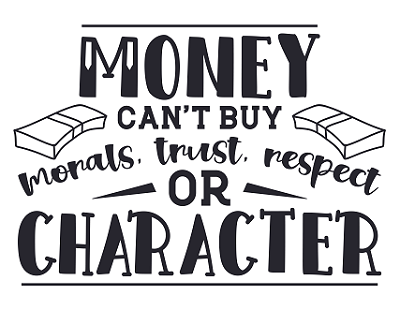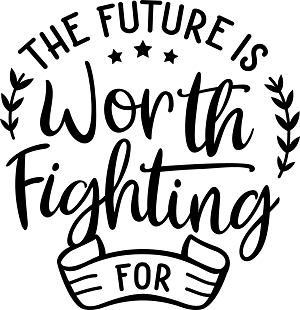 We all react differently to various situations thrown our way. Passive-aggressive behavior is characterized by indirect resistance or malicious compliance. There is potentially a difference in what is said or how others are responded to, compared to how the person really feels. The passive-aggressive may appear distant or dishonest within close relationships because it can be hard to trust them and their emotions.
We all react differently to various situations thrown our way. Passive-aggressive behavior is characterized by indirect resistance or malicious compliance. There is potentially a difference in what is said or how others are responded to, compared to how the person really feels. The passive-aggressive may appear distant or dishonest within close relationships because it can be hard to trust them and their emotions.
If you are a passive-aggressive person, you may have learned this behavior from your parents. It could also be a defense mechanism that you have learned to protect yourself from others and unresolved relationship issues. For example, you may fear expressing emotions or fear confrontation because of a toxic partner.
Regardless of how common this behavior is, passive-aggressive behavior is not a healthy way to operate in life.
If you are looking to change your actions and reactions, there are things you can do to stop behaving this way. The first step is acknowledging you have a behavior you want to change, so reading this is a very good start! It’s the first one we are going to cover now.
Acknowledge Your Passive-Aggressive Behavior
The preliminary step to any kind of change is admittance. Acknowledging your passive-aggressive behavior is a sign of self-awareness and a good starting point for making a change. If you want to change this behavior in yourself, it may be due to some realization that it isn’t doing you or your relationships any good.
You need to want this and choose to change your behavior. Nobody can force you to stop being passive-aggressive unless you want to stop.
A good start is to learn how you appear to others. Do you know how you treat or affect others when you are being passive-aggressive? If not, ask or be more mindful of your behavior, and the relevant contexts and triggers.
Understand the ‘Why’ and the Triggers Behind Your Behavior
Understanding the reason why you behave the way you do is a good thing. It shouldn’t be used as an excuse to justify your negative actions, or to continue behaving this way. Once you uncover the reasons why you are passive-aggressive and identify the circumstances or triggers that push you to be like that, you will be able to handle yourself more intelligently.
You can strategize ways to avoid your potential triggers and if avoidance is not always possible, consciously choosing a healthier reaction is up to you. Choosing to express yourself in healthier ways and learning how to be assertive could be your new go-to reactions. When they are you will be a happier, more emotionally mature person.
Practice Expressing Yourself in Healthy Ways
Being passive-aggressive essentially is expressing anger, only in a covert way. People react in this way for a couple of reasons and besides the fear of expressing yourself as already mentioned, another reason can be the inability to assert yourself. You need to understand and validate your own emotions.
If you feel angry, you are allowed to, just as if you feel happy, you are allowed to. You just need to learn a healthier communication style by being assertive, instead of being passive-aggressive. It is a sign of maturity and self-confidence. Learning how to be assertive without anger or aggression is a great life skill.
Be Patient with Yourself
While you are learning to be a better you, don’t forget to be patient and kind to yourself. The fact that you have taken steps to change is a sign of maturity and self-awareness and you should be proud of it. Celebrate your wins and never give up on yourself.
If You Need To, Seek Professional Help
There are cases when an underlying health condition may be causing you to behave in passive-aggressive ways. Perhaps you do not know there is a problem, so seeking help will be of benefit. You need to take care of your emotional and physical health, so seek the love and care you need.





